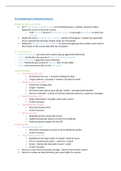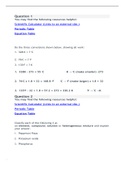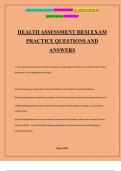Notes de cours
AQA A Level Depth Study Notes - Russia: Establishing a Dictatorship
- Cours
- Établissement
- Book
Extremely high quality A Level History notes for the Russia Depth Study. Notes cover: - The Establishment of Bolshevik Authority - The Consolidation of the Communist Dictatorship - The Consolidation of the 'One-Party State'
[Montrer plus]













